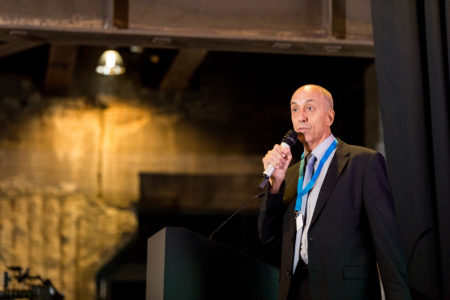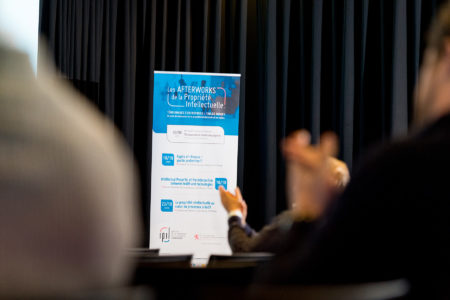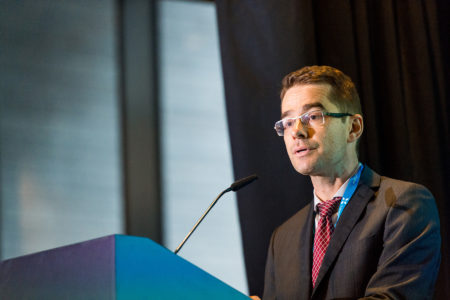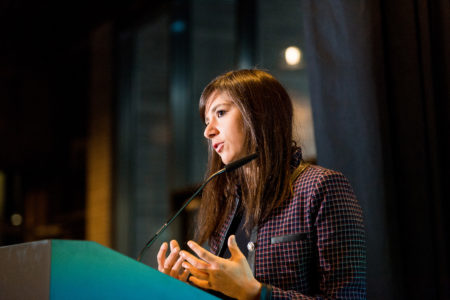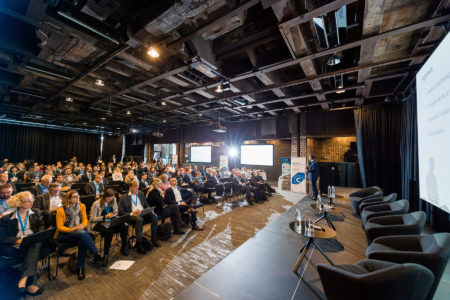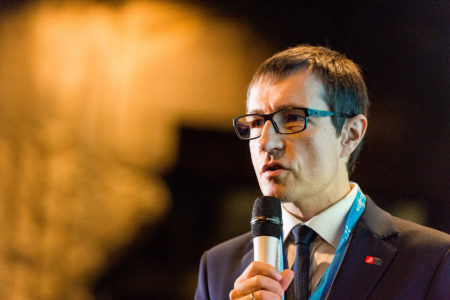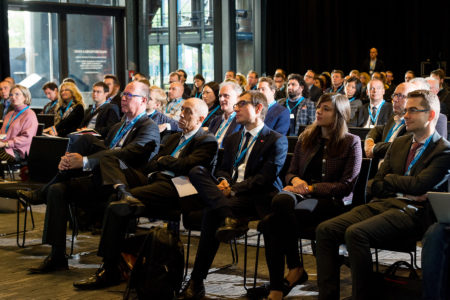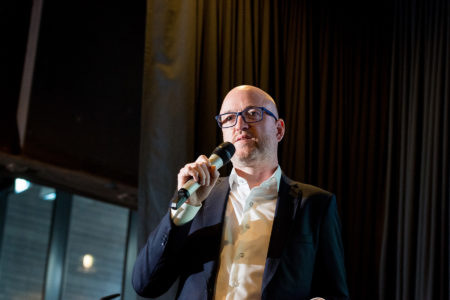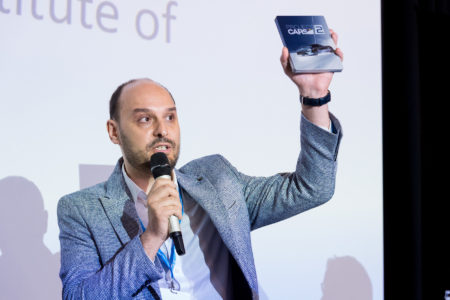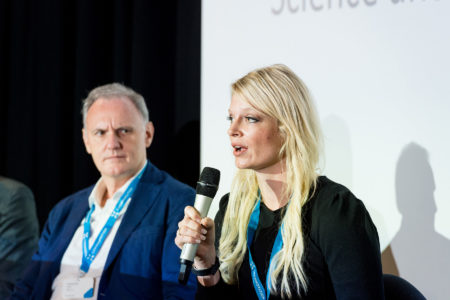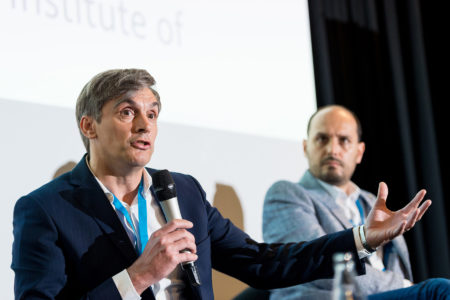Many major companies earn most of their benefits from well-known products based on patents and marketed under renowned trademarks. But they are far from the only ones for whom intellectual property (IP) needs to be an essential consideration. “I can’t name any sector that makes as extensive use of IP as the gaming industry. We write code, design the game play, have specific hardware requirements, compose music and create stories that people interact with,” said Nima Azarmgin, COO and Managing Director of IoTech Luxembourg.
I can’t name any sector that makes as extensive use of IP as the gaming industry
Mr Azarmgin was one of the speakers at the event “The Essentials of Intellectual Property” organised on 30 September by Luxinnovation and the Institut de la Propriété Intellectuelle Luxembourg (IPIL). The Luxembourg HealthTech, ICT and Creative Industries Clusters, managed by Luxinnovation, and IPIL organised the event to highlight IP issues in an increasingly digital environment.
Protecting digital innovations
Designs, trademarks and copyrights are all different types of IP, but the most widely known form is probably patents. The European Patent Office (EPO) was set up in 1977, a time when patents mainly concerned hardware engineering. Today, however, inventions are very often related to computers, computer networks and programmable devices, which leads to different considerations.
“Inventions that can be protected by a patent must have a technical character. They must be new compared to the state of the art and involve an inventive step or, in other words, be a non-obvious solution to a technical problem,” said Igor Dydenko, team manager at the EPO. Computer-implemented inventions are less tangible and technical than hardware engineering and thus have to fulfil specific requirements. “Patents are indeed granted for computer programmes, but the computer programme needs to produce a further technical effect which goes beyond the physical interactions between the software and the computer. They still must represent a technical solution contributing to solving a technical problem.”
Intellectual property strategy
Patents grant their owner the exclusive right to use their invention on a specific territory for a limited amount of time, in exchange for making it public. Artec 3D is a global leader in handheld and portable 3D scanners and has been at the forefront of developing innovative 3D technology since 2007. The company’s IP portfolio notably includes 27 granted patents, 14 trademarks in the EU and over a million lines of code. The management of this portfolio represents 10% of the firm’s expenses. “IP protection has a cost, but it also allows us to keep our market advantage and avoid attacks from competitors,” said COO and founder Sergey Sukhovey. However, companies should carefully consider how many patent applications they submit. “The number of ideas that you decide to protect in this way will define your expenses for years to come,” Mr Sukhovey pointed out.
IP protection has a cost, but it also allows us to keep our market advantage and avoid attacks from competitors.
Tadaweb, a start-up developing an innovative platform for discovering and analysing information on the internet, has chosen a different IP strategy. “We don’t protect our code, but instead use trade secrets,” said the company’s founder Genna Elvin. Tadaweb also uses open source to benefit from input from a wide community of developers. “IP is very important, but we should not be afraid of open source. The two can be combined,” Ms Elvin confirmed.
Collaboration agreements: a crucial issue
New intellectual property often results from cooperation between several companies, or between companies and research institutes. Defining a solid framework for how to handle IP is a key ingredient for such collaborations to be a success. “For us, it is of utmost importance that Luxembourg companies can take advantage of the quality of the country’s researchers,” underlined Pascal Fabing, Head of Corporate R&D and Innovation Support at Luxinnovation. “In this context, a well-defined agreement on notions such as joint ownership or well-defined access rights to IP often leads to a win-win situation.”
In most cases, a mutually beneficial solution can be found. “We discuss this upfront when we do projects with companies,” confirmed Thomas Kallstenius, CEO of the Luxembourg Institute of Science and Technology (LIST). “We need to find a balance between company needs and our own. We have several business models with IP schemes behind, and usually find a good way to collaborate.”
Photos: © Luxinnovation/Marie De Decker



